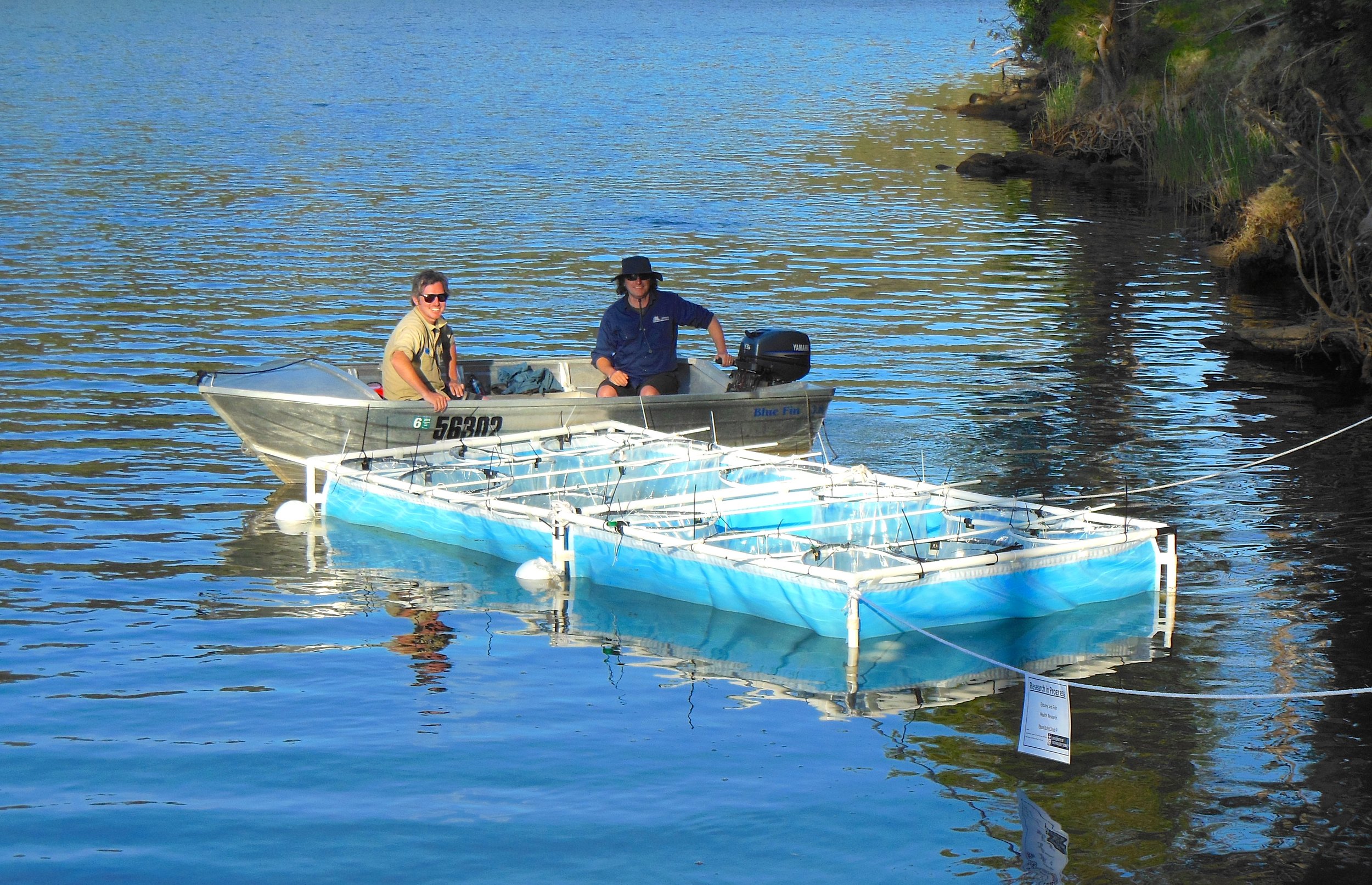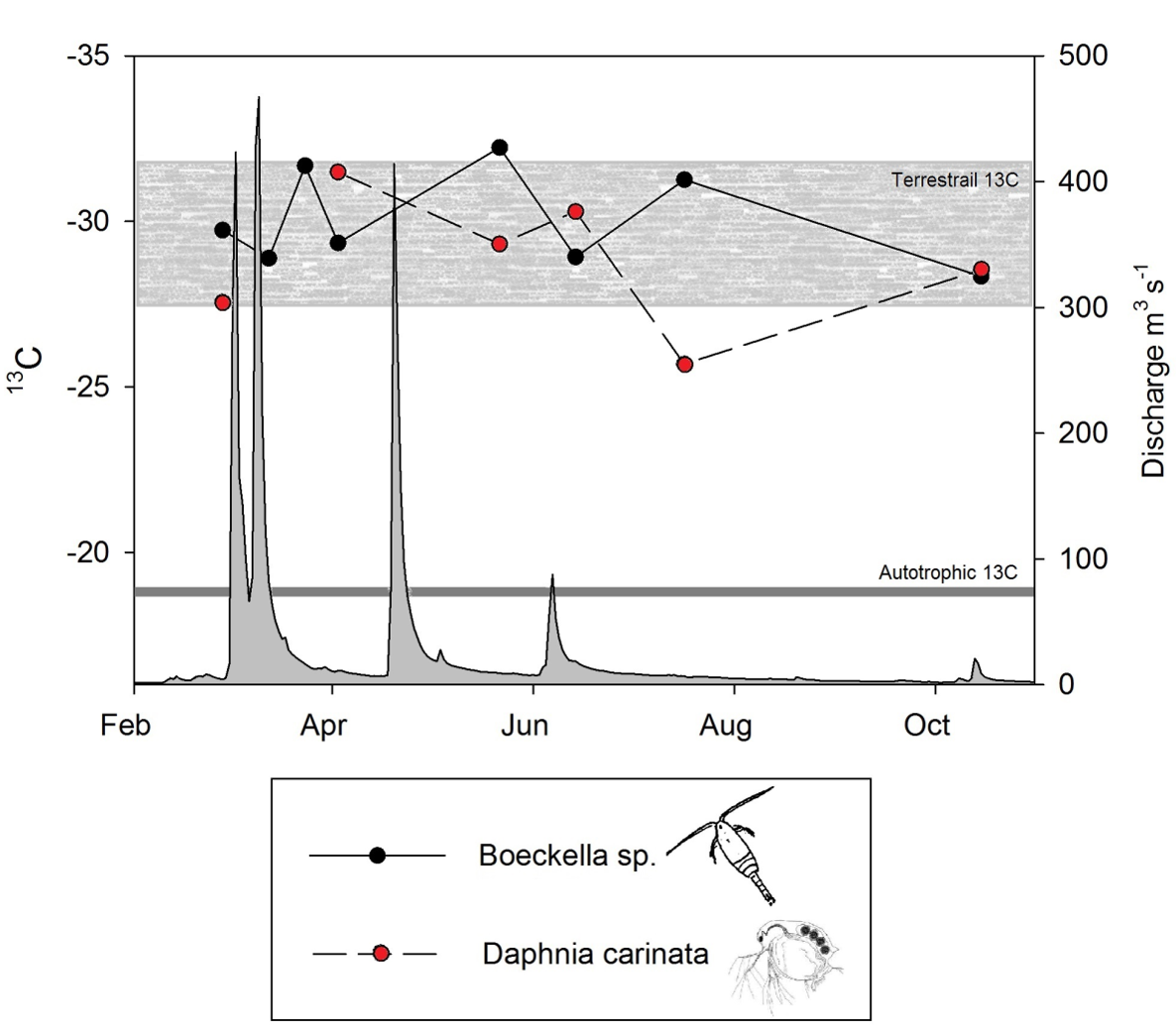Freshwater inflows and estuarine food webs
Estuaries are dynamic and biologically rich environments where freshwater from rivers mixes with saline ocean water. These ecosystems are ecologically significant and provide substantial social, economic, and cultural benefits. The ecological integrity of estuaries is closely tied to the volume and timing of freshwater inflows, which influence salinity gradients, nutrient cycling, and habitat connectivity.
In Australia, as in many parts of the world, river regulation and water extraction have significantly reduced freshwater inflow to estuaries, leading to altered salinity regimes, disrupted mixing processes, and degraded ecological function. Climate change is further intensifying these pressures by altering rainfall patterns and flow variability. To safeguard estuarine health, it is essential to improve our understanding of how reduced inflows affect these systems and to implement adaptive management strategies that mitigate ecological impacts.
Our work has showed the freshwater inflow plays a crucial role in the delivery of organic matter and nutrients to estuaries (Hitchcock and Mitrovic 2015a), that different sized inflows lead to different biogeochemical responses (Hitchcock and Mitrovic 2013, 2015b), and that high flows events can lead to increased food web productivity that can support higher trophic animals including invertebrate and fish (Hitchcock et al. 2010, 2016a, 2016b, Johnson et al. 2023).



